6 Best Free Software For Viewing DICOM Files
DICOM is an international file format and network communication protocol developed by the American College of Radiologists specifically for medical imaging. It allows medical professionals to view, store and share medical images which, among other things, contain patient data and are often stored in a large database called PACS.
There are hundreds if not thousands of programs to view, edit and otherwise manipulate DICOM and other medical image formats. This list is by no means exhaustive. The programs are listed in no particular order.
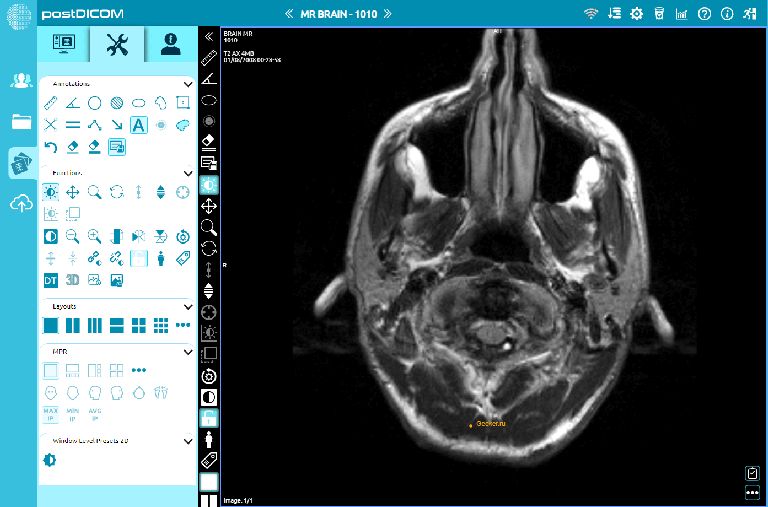
1. PostDICOM
PostDICOM is compatible with Windows, MacOS and Linux. It can be operated from an Android and iOS smartphone. PostDICOM comes with a cloud-based PACS that allows you to access data from any device, anywhere and at any time.
At first, it may seem that for the average user who just wants to see their image – the service won’t work, but just register and confirm email to be able to download a.dcm file (or a whole folder) and view it. It’s very simple.
The system allows 3D reconstruction, 3D rendering and MIP as well as merging. It also offers an interface for reporting, file sharing and immediate uploading of all patient data to the PACS cloud system.
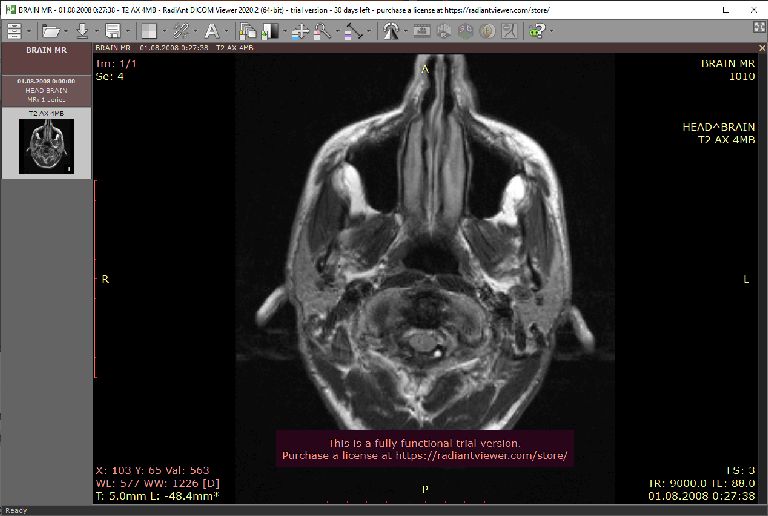
2. RadiAnt
RadiAnt DICOM is a simple and fast Windows-based software. It offers many functions including MPR, MIP and fusion. Images can be exported to JPEG, PNG and other formats. For home use just get the trial version, which is done automatically as soon as it is installed on your computer, without even needing to register. The paid version costs only 5 euros a month.
The program allows only browsing and no editing functions. There is a disclaimer on the developer’s website, which explicitly states that they don’t have any certificates and therefore the product is not intended to be used in diagnostics. Nevertheless, it will be handy for students to study medical images.
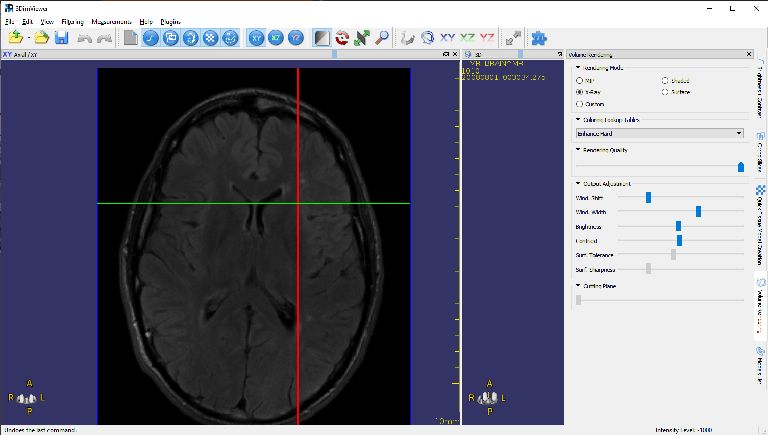
3. 3DimViewer
3DimViewer is easy to understand thanks to its user-friendly interface. The program can display three-dimensional imaging profiles, including multiplanar and orthogonal reconstructions, but is best at thresholding tissue segmentation both in volumetric images and in the construction of surfaces. Volumetric images require a high-performance graphics processor, so don’t try to open them on older computers or even newer models with integrated graphics.
Support for Macintosh, Windows and Linux installations makes it one of the most versatile in its industry. Thanks to open-source C++ programmers (if you have one) can integrate 3DimViewer with other software or customize it in any way to fit your system. 3DimViewer is a viewer only – it does not have any editing tools. Only adjustments like brightness, contrast, etc.
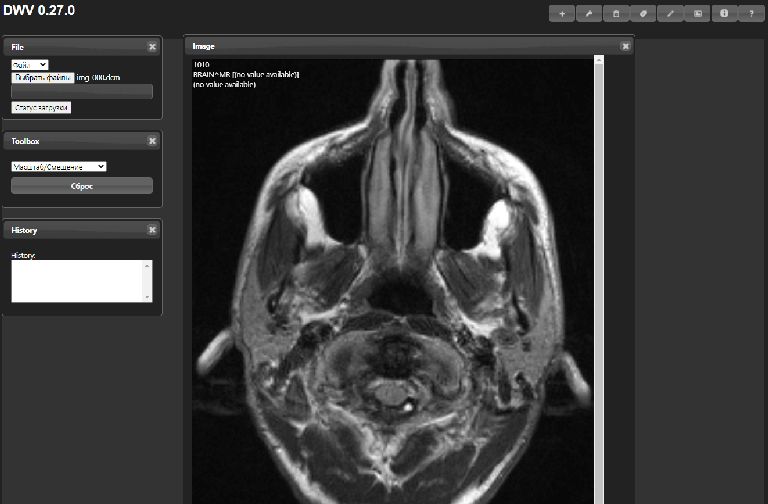
4. DICOM Web Viewer
DWV is an online medical image viewer written in Javascript and HTML5, which means it will work with almost all modern browsers, on almost any device, including laptops, tablets, phones and even some smart TVs. With a bit of tweaking, the program can be embedded into any PACS server that supports the WADO protocol or provides access to images via a URL.
The system is mainly intended for viewing only, there is not much scope for editing other than drawing figures. Drawn figures can be edited. There is Livewire, a semi-automatic segmentation tool that draws a line along an intensity boundary.
This link will open the wiki and a demo version can be viewed here. To successfully deploy the version from GitHub, you need to know how to program, but DWV can also be installed as a regular Chrome extension, Google Drive app or WordPress plugin. All more information is available on GitHub.
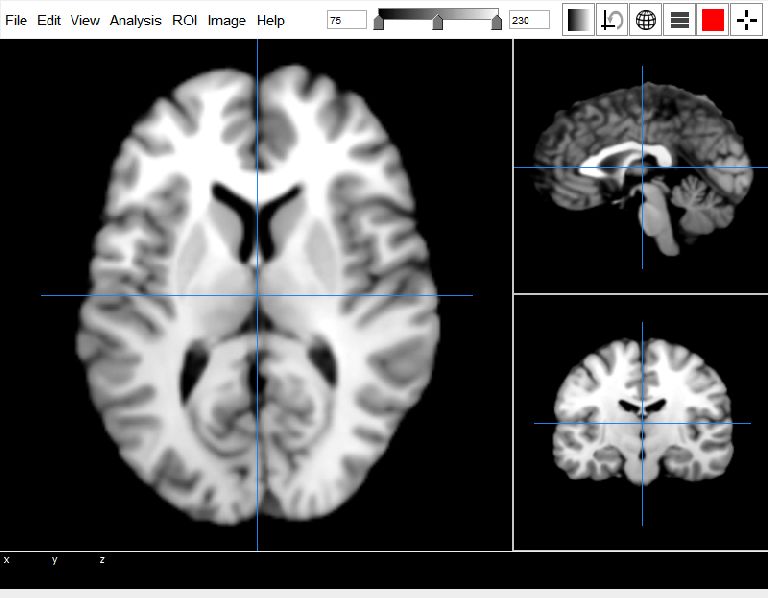
5. Mango
Mango is available in three versions: desktop for Windows, MacOS or Linux, browser-based (requires the latest version of Java to work) and an iPad version. To make the browser-based version work properly, you’ll need help from a programmer with firsthand knowledge of HTML and JavaScript.
Mango was developed by Jack Lancaster, PhD, and Michael Martinez of the University of Texas Health Science Center. The software supports DICOM, NEMA-DES, MINC and NIFTI formats as well as VTK, GIFTI and BrainVisa surface rendering formats. You can even create custom formats and filters.
Mango has many analysis, processing and editing tools, as well as the ability to convert, anonymise and record images. Thanks to the project being funded by the US National Institute of Mental Health, the functionality here is broader than in many commercial systems.
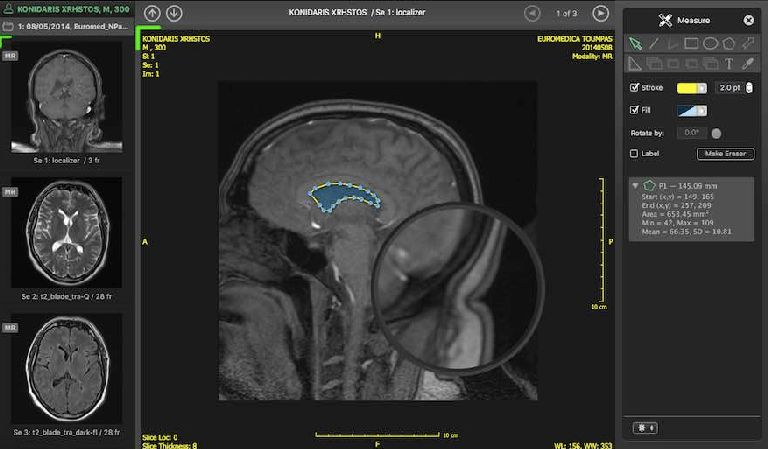
6. Escape EMV
EMV is capable of opening most DICOM images from CD/DVDs, memory sticks, etc. It exists in two versions: a recently upgraded version for macOS and one for Windows which is no longer supported. QuickTime is required for operation, so the developer has discontinued support for the Windows version.
EMV can be used to receive survey results from other devices by giving the software access to WADO PACS systems. It is possible to process custom objects, e.g. measurements and annotations.
The software can anonymise and transfer images, and there are many display options, overlays, filters, markers and colour changes. The demo can be downloaded for free, but commercial use requires a licence, which costs 245 euros and is issued for three computers.